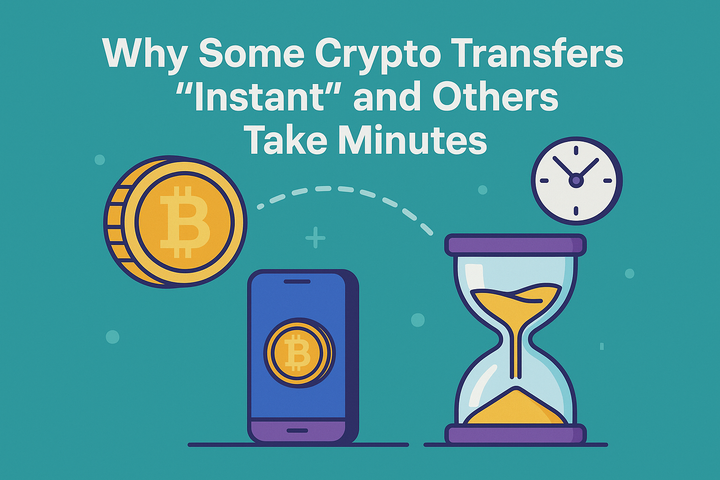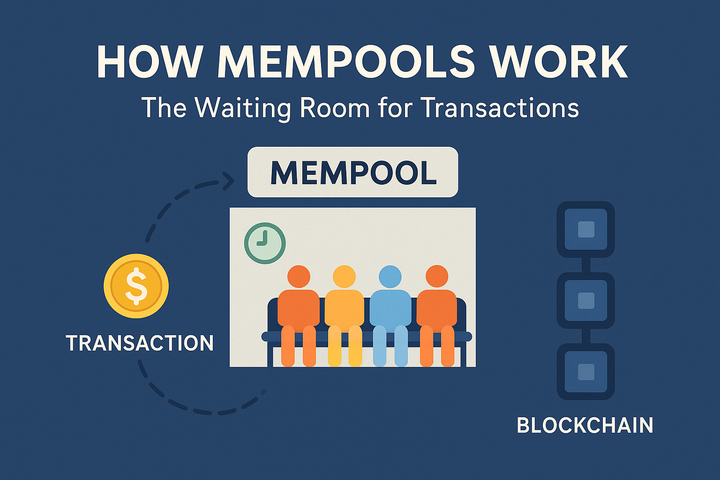Is There Still a Need for Layer 2s (L2s) in 2025?

Layer 2 solutions were introduced as a way to scale Ethereum’s congested network. But in a rapidly evolving landscape where new rollups emerge every month, one must ask: Are they still solving real problems, or simply adding to the noise?
What Are Layer 2s?
Layer 2s (L2s) are scaling solutions built atop Ethereum. Imagine Ethereum as a busy highway with constant traffic jams. Layer 2s function as flyovers, moving transactions off the congested main road and allowing them to flow faster and cheaper — all while ultimately settling back on Ethereum for security.
Why Layer 2s Were Introduced
Ethereum’s base layer currently handles around 62–65 transactions per second (TPS) — far below what’s needed for global-scale decentralized applications. As usage grows, users face high gas fees, transaction delays, and a generally poor experience. Layer 2s aim to alleviate these issues by:
- Processing transactions off-chain
- Batching and posting proofs to Ethereum
- Reducing congestion and improving throughput
Major Types of Layer 2s
Optimistic Rollups
- Function by assuming transactions are valid unless challenged.
- Examples: Arbitrum and Optimism.
- Recent upgrades (e.g., Arbitrum Nitro, Optimism Bedrock) have improved withdrawal times and overall scalability.
ZK Rollups
- Rely on zero-knowledge proofs for transaction validation.
- Examples: zkSync, StarkNet.
- Offer faster finality and increased security, but are technically complex to implement and maintain.
The L2 Explosion: What’s Driving It?
While the original goal was scalability, the recent surge in L2 launches is often motivated by other factors:
- Low development barriers thanks to frameworks like OP Stack and Polygon SDK
- Desire for project-specific ecosystems
- Access to venture capital and airdrop hype
- Competition for total value locked (TVL)
Unfortunately, many of these L2s contribute more to ecosystem fragmentation than real utility.
When Layer 2s Work Well
Layer 2s that deliver on their promises bring tangible benefits:
- Reduced transaction fees
- Fast confirmations
- Improved user experience
- Scalability without compromising Ethereum’s security
- Support for new use cases like real-time gaming, micropayments, and social apps
Do We Still Need Layer 2s in 2025?
The answer is yes — but selectively. Not all L2s bring value. In 2025, the L2s that will remain relevant are those that:
- Simplify developer and end-user experiences
- Support upcoming Ethereum improvements (e.g., EIP-4844 and Proto-Danksharding)
- Provide unique advantages beyond “yet another rollup”
A Smarter Path Forward: Enter Mitosis
Rather than launching another rollup, Mitosis focuses on solving ecosystem fragmentation through interoperability and liquidity unification.
What Makes Mitosis Different?
- Enables seamless liquidity movement between chains and rollups
- Supports cross-rollup and cross-chain app development
- Facilitates real yield generation by connecting rather than isolating ecosystems
- Built on a modular design for composability and scalability
Learn more about how Mitosis’s architecture works under the hood.
The Mitosis Approach to Interoperability
Instead of creating silos, Mitosis creates bridges:
- Unified cross-chain liquidity pools
- Trustless and verifiable asset transfers
- Developer-friendly SDKs for multi-chain dApp creation
This positions Mitosis not just as a scaling solution but as a core infrastructure layer in the multichain future.
Conclusion
The question is no longer “Do we need Layer 2s?” — but rather, “Which ones truly move the ecosystem forward?”
L2s in 2025 must evolve beyond TPS and gas fees. They should integrate, not fragment. Projects like Mitosis highlight a smarter, interoperable path forward — where liquidity flows freely, and infrastructure serves the entire ecosystem.



Comments ()